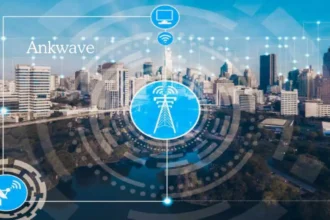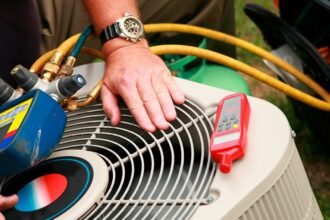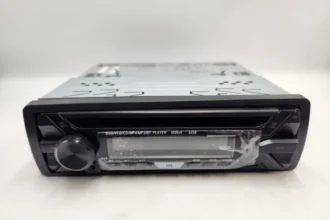In the dynamic landscape of manufacturing, ensuring product quality is not just a requirement but a critical differentiator. Manual inspection methods, while reliable in their time, often fall short in meeting the demands of modern production lines that require speed, precision, and consistency. Enter Automated Optical Inspection (AOI) systems—a transformative technology that automates visual inspection processes with unparalleled accuracy and efficiency.
What is an Automated Optical Inspection (AOI) System?
An Automated Optical Inspection (AOI) system is a cutting-edge technology designed to perform visual inspections of products, components, or assemblies to detect defects in metal surfaces, plastics, leather and other products using advanced imaging systems and software. These systems utilize cameras, lighting, and sophisticated algorithms to capture and analyze images, identifying defects or deviations from quality standards.
How AOI Systems Work
- Image Acquisition: AOI systems are equipped with high-resolution cameras and specialized lighting setups that illuminate the product and capture detailed images from multiple angles.
- Image Processing: The captured images are processed using advanced algorithms to enhance features and identify potential anomalies. This includes techniques like edge detection, pattern recognition, and contrast enhancement.
- Comparison to Standards: The system compares the processed images against predefined quality standards or reference models to detect defects, such as missing components, surface scratches, or dimensional inaccuracies.
- Defect Classification: Detected anomalies are classified based on their type, size, and location. This enables manufacturers to prioritize and address critical issues effectively.
- Action and Reporting: Once defects are identified, the system triggers appropriate actions, such as rejecting faulty items or sending alerts to operators. Detailed reports are generated for further analysis and quality control.
Applications of AOI Systems
AOI systems are highly versatile and find applications across diverse industries:
- Electronics: Inspecting printed circuit boards (PCBs) for soldering defects, missing components, and misalignments.
- Automotive: Ensuring the integrity of components like engine parts, brake pads, and wiring harnesses.
- Medical Devices: Verifying the quality and safety of critical devices such as surgical instruments and implants.
- Consumer Goods: Checking packaging, labeling, and assembly quality for products like cosmetics and household items.
- Aerospace: Inspecting precision parts for structural integrity and adherence to strict quality standards.
Benefits of Visual Inspection Automation with AOI
- High Accuracy: AOI systems can detect even microscopic defects, ensuring that no flaw goes unnoticed.
- Increased Speed: Automated inspections can process hundreds or even thousands of items per hour, drastically reducing inspection times.
- Consistency: Unlike human inspectors, AOI systems deliver consistent performance, eliminating variability due to fatigue or subjectivity.
- Cost Efficiency: Early detection of defects reduces waste and minimizes costs associated with recalls or rework.
- Scalability: AOI systems can be seamlessly integrated into production lines, adapting to various products and inspection requirements.
- Data-Driven Insights: These systems collect valuable data on defect trends and production quality, enabling continuous improvement.
Challenges in Implementing AOI Systems
Despite their advantages, implementing AOI systems presents certain challenges:
- Initial Investment: The upfront cost of acquiring and integrating AOI systems can be significant.
- Complex Setup: Proper calibration and configuration are essential to ensure accurate inspections, requiring skilled personnel.
- Model Training: Developing and fine-tuning inspection algorithms may require substantial effort, especially for complex products.
Future of AOI in Visual Inspection Automation
The future of AOI systems is bright, with ongoing advancements promising even greater capabilities. Key trends include:
- Integration with Artificial Intelligence: Combining AI with AOI systems allows for adaptive learning, enabling the system to improve its defect detection capabilities over time.
- 3D Imaging: Advanced 3D imaging technologies are enabling more comprehensive inspections, particularly for complex geometries.
- Edge Computing: Processing inspection data at the edge reduces latency and enhances real-time decision-making.
- Connectivity: AOI systems integrated with IoT platforms provide manufacturers with actionable insights and predictive analytics.
Automated Optical Inspection (AOI) systems are revolutionizing visual inspection processes, empowering manufacturers to achieve higher quality standards while improving efficiency and reducing costs. As technology continues to evolve, AOI systems will play an even more integral role in modern production lines, ensuring that industries can meet the ever-increasing demands of quality-conscious consumers.














